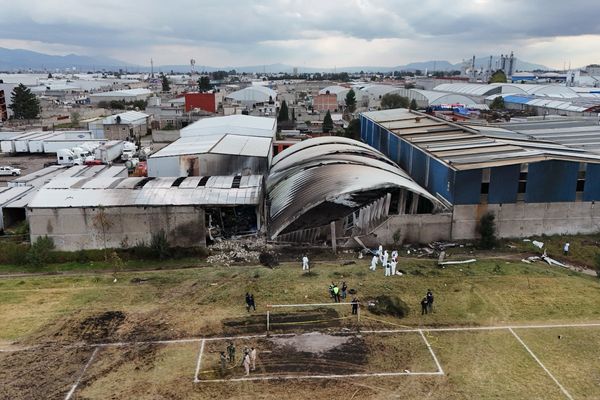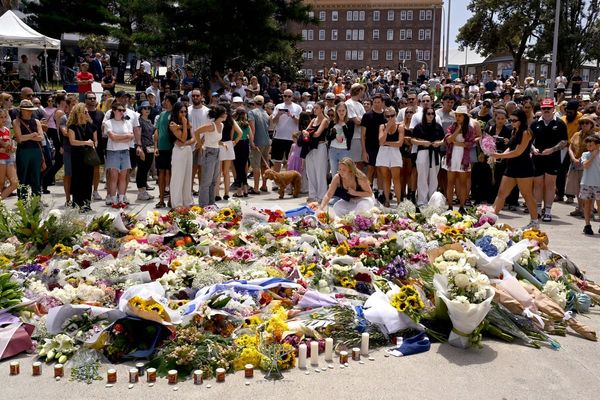To get a bag of flour for his starving three children, Nedal AbuSharbi arms himself with a knife to protect against thieves and prepares to be shot by the Israeli military.
There is so little food in Gaza – in the grip of famine due to a punishing Israeli blockade and the war – that lawlessness has taken over around the land crossings where the few aid trucks are able to get in.
Now, the desperation is more acute with news that, rather than returning to the negotiating table, Israel is to widen its already devastating offensive and take full military control of the besieged Strip, starting with the remains of Gaza City, where Nedal is sheltering with his family.
The father of three, whose youngest is just five months old, describes desperate, hungry crowds surging toward and attacking the few aid convoys that enter via the northern Zikim crossing. Even journalists are being targeted.
He says the Israeli army opens fire “under the pretext of combing the area or shooting to prevent people from gathering outside the buffer zone”. The United Nations says more than 1,000 people have been killed trying to receive aid in the enclave in just a few months – most of them shot by Israeli forces operating nearby.
Even if you can avoid that, the last time he went, he had to let three trucks go by before he was able to, in the suffocating scrum, grab a single bag of flour.
“My joy was indescribable and I was overwhelmed,” he says, with desperation in his voice. “But on the way home, three young men I’d never seen before came up to me with large knives – and one man with a gun. They threatened me: either give them the bag of flour or they would kill me.
“I left the bag on the ground. I lost hope and fainted because of what had happened.”
The situation is so dire, he says they call aid convoys “death traps” and the new Israeli security cabinet plans a “deadly game”.
“This is a game of chess controlled by the occupation, and we are the pawns it moves and controls, according to its mood, under the control of snipers and tanks.”
Israel launched its unprecedented bombardment of Gaza in retaliation for Hamas’s bloody 7 October 2023 attacks on southern Israel, during which they killed over 1,200 people and took more than 250 captive, according to Israeli estimates.
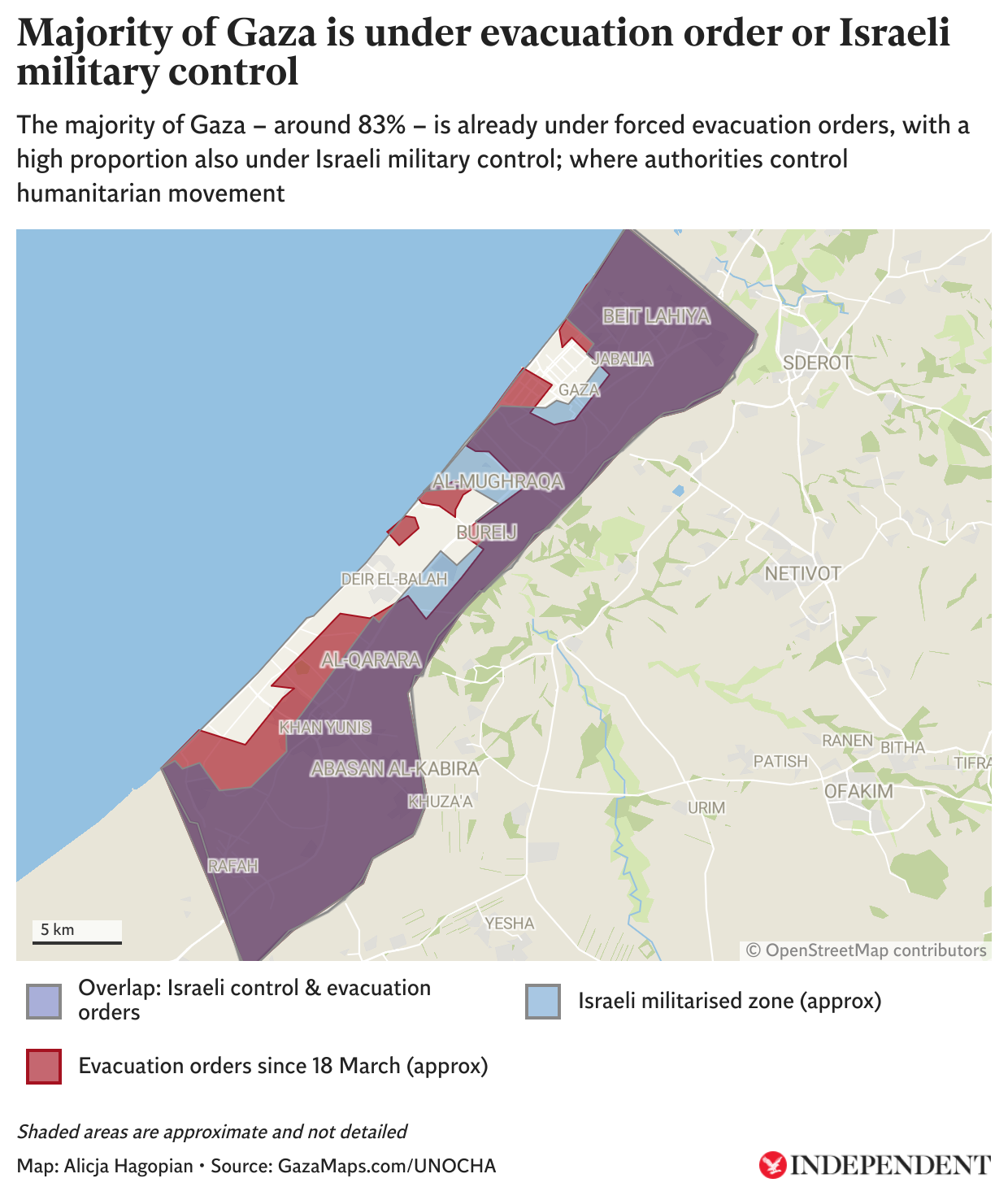
Since then, Israel’s bombardment has killed more than 61,000 people, according to local officials, destroyed more than 90 per cent of homes, and – through a devastating siege – sparked a hunger crisis.
According to the United Nations, over 86 per cent of Gaza is already an Israeli-militarised zone, under displacement orders or where these orders overlap.
“The data speaks for itself. Already early this year, over 90 per cent of Gaza’s housing units were reportedly destroyed as per satellite images. Gaza has been reduced to a wasteland of rubble, with over 87 per cent of the territory declared a war zone – forcing people to concentrate in a tiny space,” said Tamara Al-Rifai, spokesperson for the UN’s Palestinian refugee agency UNRWA, the largest UN agency operating in Gaza.
After a tense 10-hour Israeli cabinet meeting overnight on Friday, the Israeli security cabinet approved a new plan to intensify its 22-month war with Hamas by taking over Gaza City, issuing evacuation orders for the population to move south – with the aim of disarming Hamas and exerting full military control of the 25-mile enclave.
The controversial proposal, which has faced resistance even from within the Israeli security establishment, has ignited fears among Palestinian civilians and for Israeli hostages still held in Gaza and sparked renewed international pressure for an end to the conflict.
At the weekend, the UN Security Council held an emergency meeting on Israel’s plans and issued a joint statement, condemning the move.
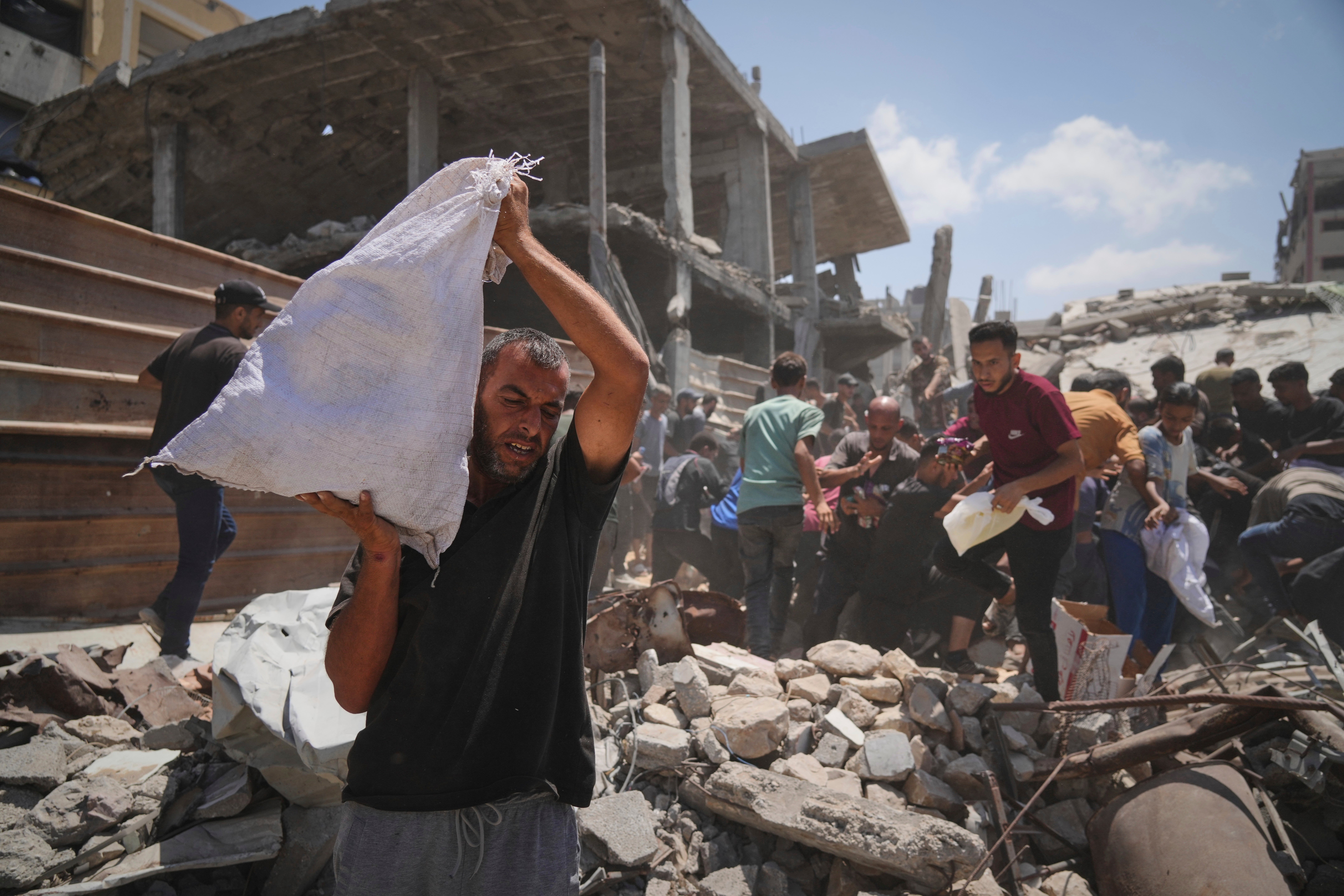
In Gaza City – the focus of the new offensive – Mahmoud Rayhan, 30, who says he had been displaced 20 times already, is “praying for a miracle”, as his wife is pregnant and he fears the baby will be born in four months into famine and death.
“Now we are afraid that if we are displaced again, we will never return,” he says in desperation. “Our homes have been bombed. Life in Gaza has become non-existent. Even the necessities of life are non-existent. There is no clean water, no sanitation, no food, and no shelter. We live in an uninhabitable place.”
Rafiq Abu-Jared, 54, who is also displaced inside Gaza City, says that when the Israeli military issues forced evacuation orders, he cannot leave as he has no money.
“It costs over 1,500 shekels [£325] to travel south, and then you need tents, tarpaulins, which I don’t have. And anyway, if a million of us stuck in the north are forced to flee south again, there will be nowhere for us to go.”
Manel Odeh, 50, spent a year earlier in the war living in the already overcrowded so-called humanitarian zone of Al-Mawasi in Rafah, where Israel plans to corral most of the 2.3 million-strong population.
“Even the ‘safe’ zone isn’t safe. I lived for nearly a year in the so-called safe zone there and it has been bombed hundreds of times and evacuated dozens of times. I have been displaced nine times in the south, and each time, I have paid more than $300. I’m not moving again,” she says.
Another concern is widening famine, which the UN-backed hunger monitor the Integrated Food Security Phase Classification (IPC) said is playing out across the strip. Israel denies there is a hunger crisis in Gaza but has eased restrictions on entry of supplies after massive global uproar and pressure, when images of emaciated babies dying of hunger were flooding out of Gaza, and the death toll soared.
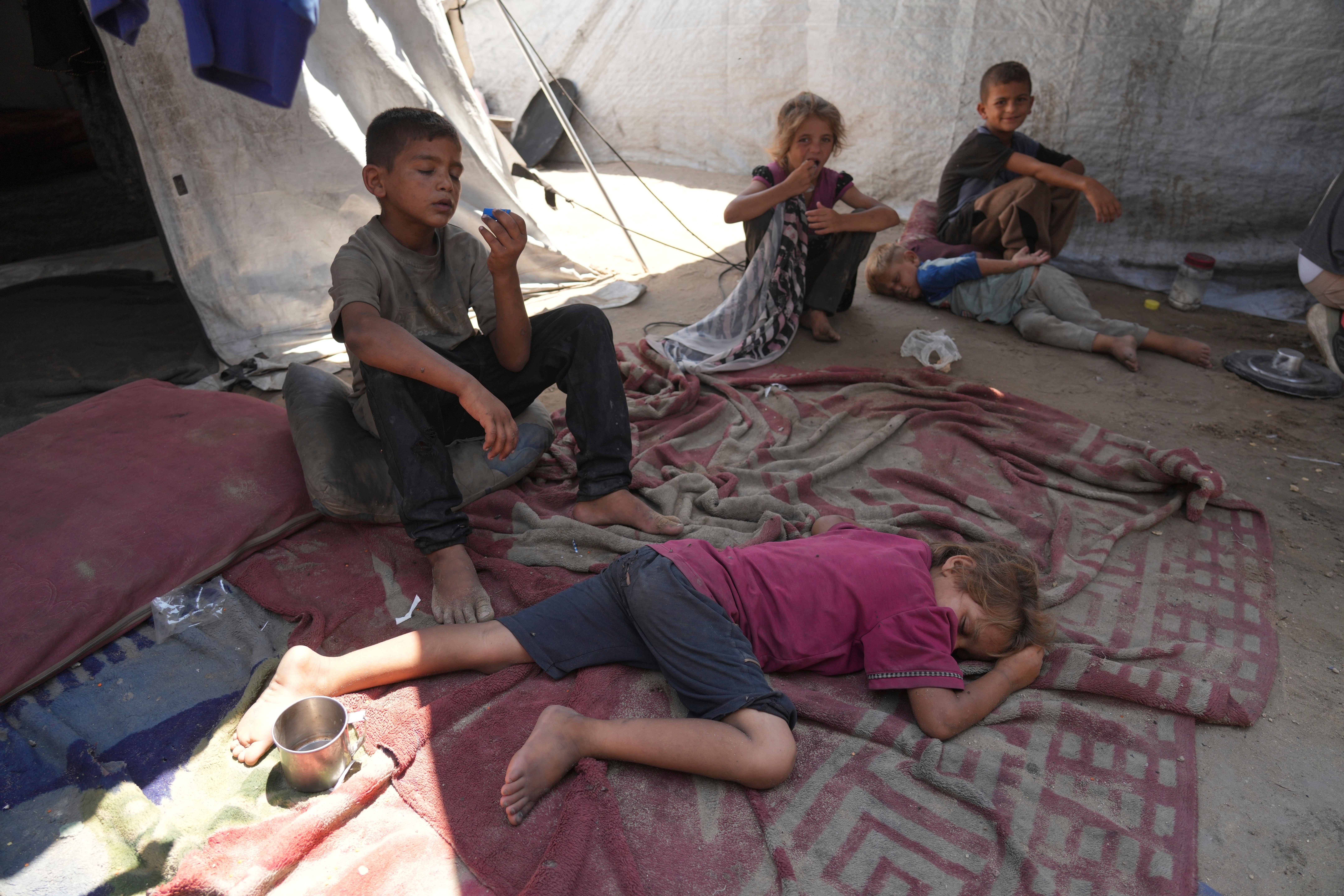
The Israeli military has repeatedly said it is working “to improve the humanitarian response in the Gaza Strip, alongside the international community, while refuting the false claims of deliberate starvation in Gaza”.
But UN officials and aid organisations say not enough is getting in. The Palestinian health ministry said that in 24 hours alone, there were 11 further deaths from hunger and acute malnutrition, bringing the total number of deaths to 212, including 90 children.
Last Friday, Dr Mohamed Abu Salmiya, the director of Al-Shifa Hospital, said at least six Palestinians were killed and 140 injured by Israeli gunfire trying to, like Nedal, get aid from the Zikim crossing. There was no immediate comment from the Israeli military.
There were also reports of another person crushed to death by a pallet of food landing from the sky over the weekend – as countries have been forced to resort to aid drops, despite the fact they are inefficient, at least 40 times more expensive than truck delivery, and can be deadly.
The Israeli military claimed over the weekend that more than 106 aid packages were dropped as part of operations by six different countries, including Greece and Italy, which participated in airdrops for the first time since the operation began.
For Nedal, air drops “are merely a painkiller used to calm us down”, and that much of it doesn’t get to the most needy, sometimes even landing in the sea.
“It could land in the sea or on a tent, a house, or in a frontline zone,” he says. “There’s no fixed location. Sometimes they fall in border areas or remote areas where young men go and then are bombed and killed.”

With Israel greenlighting a renewed offensive and crushing hopes of a ceasefire, there is growing concern these numbers will only rise. Donald Trump, Israel’s closest ally and largest supplier of weapons, has repeatedly called for a truce. His Middle East envoy, Steve Witkoff, was sent to meet the prime minister of Qatar – which has been hosting talks – in Spain to discuss the deal.
Mediators from Doha and Cairo are reportedly preparing a new framework that will include the release of all 50 remaining hostages – dead and alive – in one go, in return for an end to the war in Gaza and the withdrawal of Israeli forces from the Strip. But with Israel’s new plans, there is little hope.
“We are living in a deadly game,” says Nedal with despair. “A game we cannot control.”




